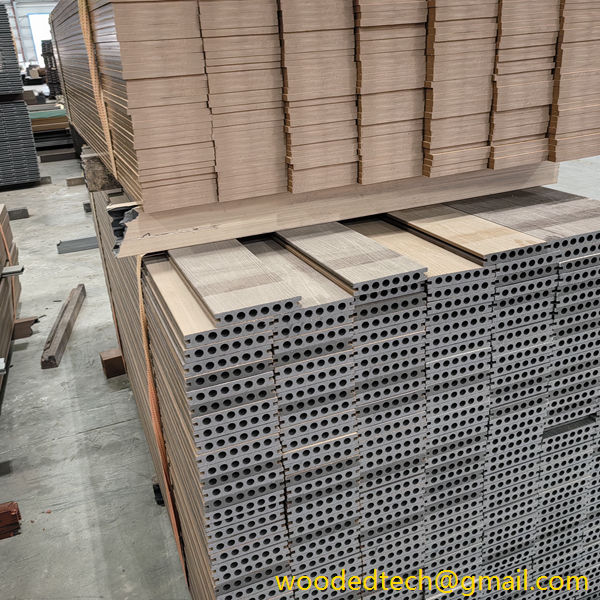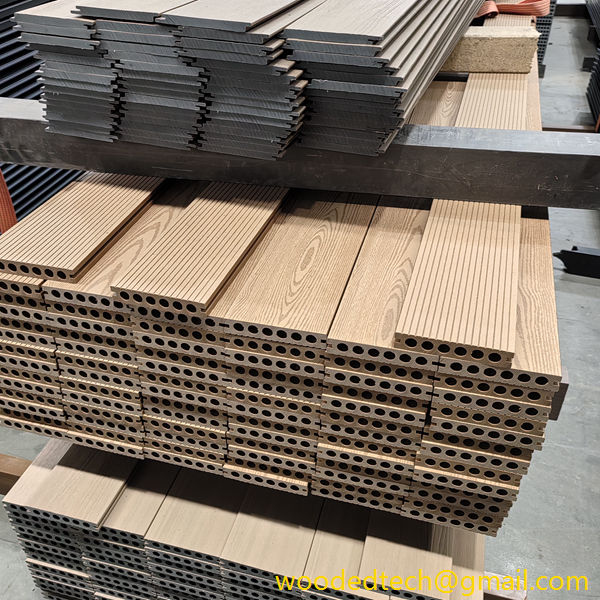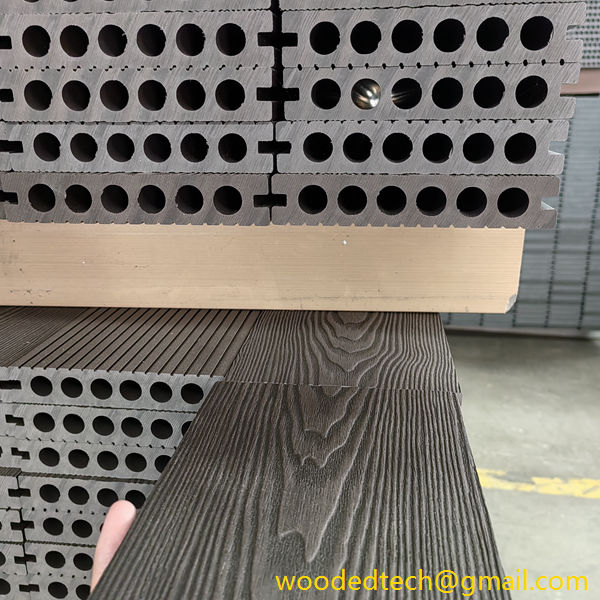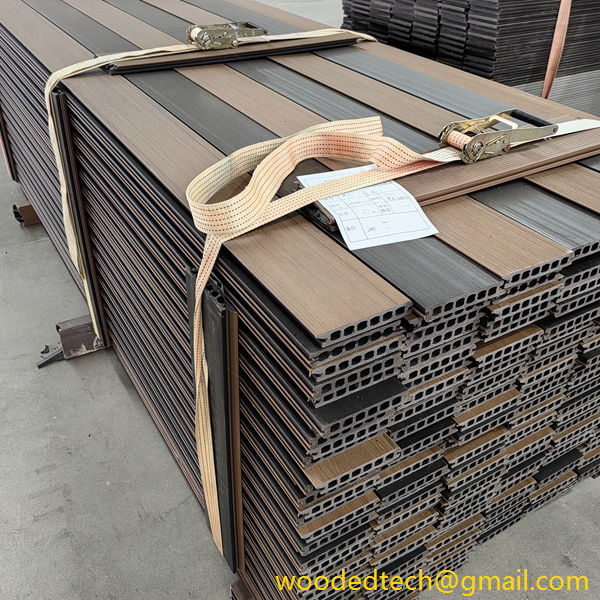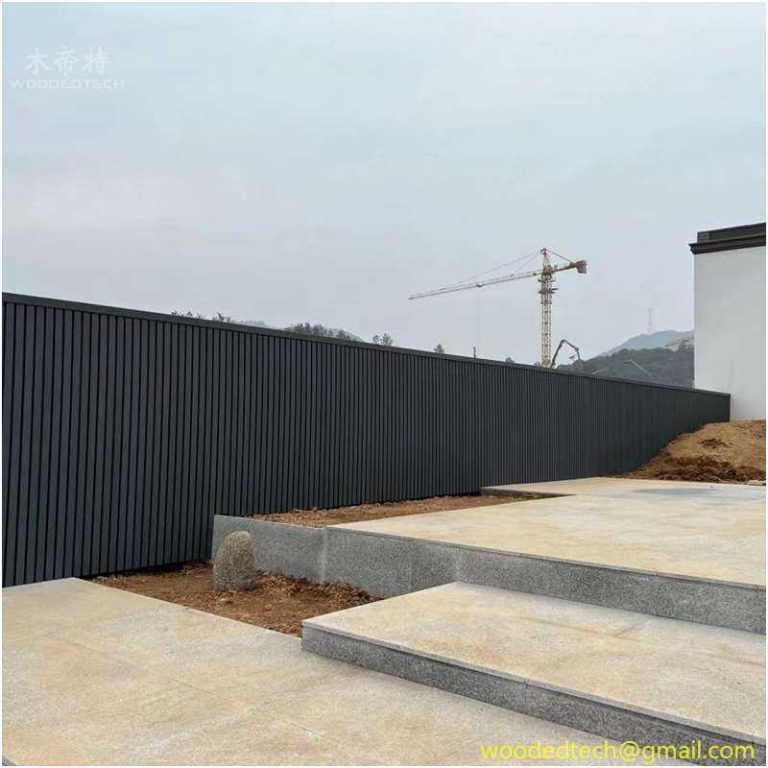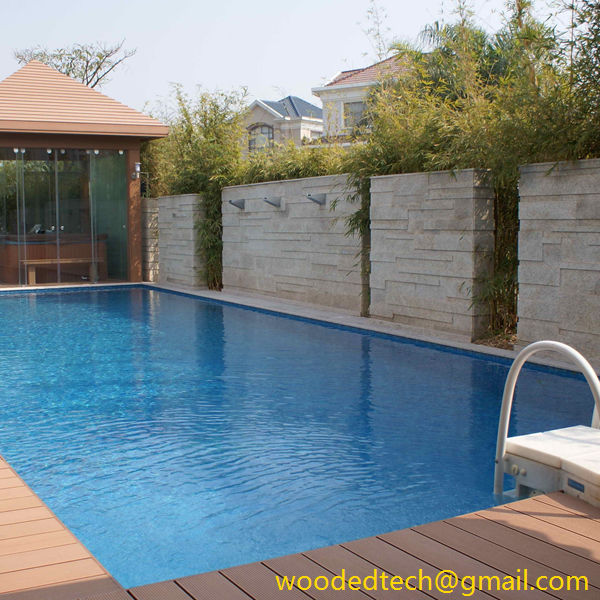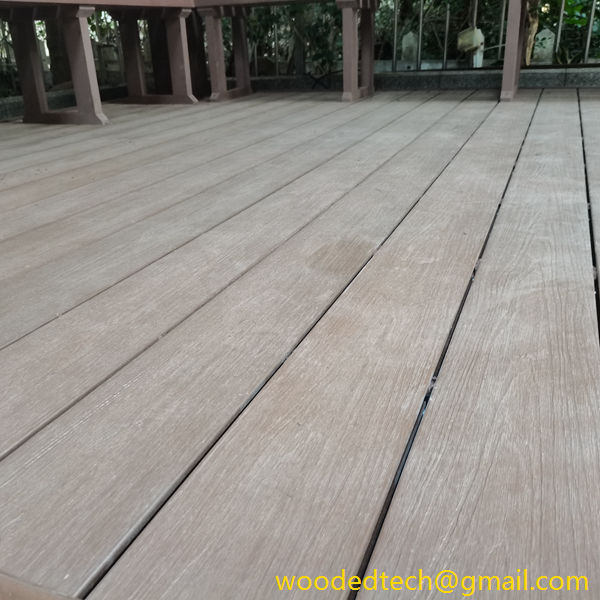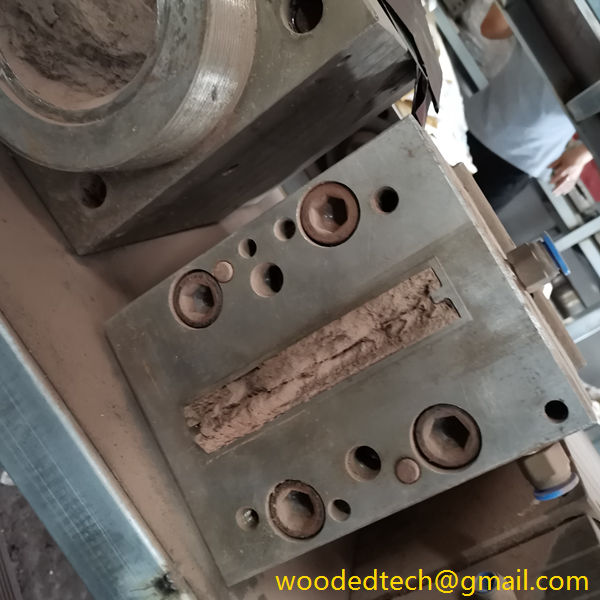Types of WPC Panel: Explore Various Types of WPC Panels Available
Types of WPC Panel: Explore Various Types of WPC Panels Available Wood Plastic Composite (WPC) panels have gained significant popularity in recent years due to their eco-friendly properties, durability, and versatility. These panels are made by combining wood fibers or wood flour with thermoplastics, such as polyethylene, polypropylene, or polyvinyl chloride. The result is a…
Types of WPC Panel: Explore Various Types of WPC Panels Available
Wood Plastic Composite (WPC) panels have gained significant popularity in recent years due to their eco-friendly properties, durability, and versatility. These panels are made by combining wood fibers or wood flour with thermoplastics, such as polyethylene, polypropylene, or polyvinyl chloride. The result is a composite material that boasts the aesthetics of wood while offering the resilience of plastic. This article delves into the various types of WPC panels available in the market, highlighting their features, applications, and advantages.
One of the most common types of WPC panels is the WPC decking. WPC decking is designed for outdoor use, providing an elegant and long-lasting solution for patios, decks, and walkways. Unlike traditional wood decking, WPC decking is resistant to rot, splintering, and insect damage. It is also less prone to fading, ensuring that it maintains its color and appearance over time. WPC decking comes in a range of colors and textures, allowing homeowners to choose a design that complements their outdoor space. Additionally, many WPC decking products come with a slip-resistant surface, making them a safe choice for poolside areas and high-traffic walkways.
Another type of WPC panel is the WPC wall cladding. This type of panel is often used for both interior and exterior applications. WPC wall cladding provides an attractive and modern look while being easy to install and maintain. The panels are available in various finishes, including wood grain, solid colors, and textured surfaces. This versatility allows designers and homeowners to achieve a wide range of aesthetics, from rustic to contemporary. Moreover, WPC wall cladding is resistant to moisture, making it suitable for areas prone to humidity, such as bathrooms and kitchens.
WPC panels are also available in the form of WPC ceilings. These panels can be used to create beautiful and functional ceiling designs in residential and commercial spaces. WPC ceilings are lightweight, easy to install, and offer excellent acoustic properties, making them ideal for environments where sound control is essential. They can be used in offices, auditoriums, and even homes to enhance the interior aesthetics while providing practical benefits. WPC ceiling panels come in various designs, including flat, coffered, and panelized styles, allowing for creative ceiling solutions that suit different architectural styles.
In addition to decking, wall cladding, and ceilings, WPC panels are also utilized in furniture production. WPC furniture offers an innovative alternative to traditional wood furniture, combining the beauty of wood with the durability of plastic. This type of furniture is often used in outdoor settings, such as patios and gardens, due to its resistance to weather elements. WPC furniture pieces, including chairs, tables, and loungers, are available in various styles and colors, making it easy to find the perfect fit for any outdoor space. Additionally, WPC furniture is low-maintenance, requiring only occasional cleaning to keep it looking new.
For those looking for sustainable building materials, WPC panels are an excellent choice. Many manufacturers prioritize eco-friendly practices by sourcing recycled wood fibers and plastics, making WPC panels a green alternative to traditional building materials. With growing environmental awareness, consumers are increasingly seeking products that contribute to sustainability, and WPC panels meet this demand.
Furthermore, WPC panels can be customized to suit various applications. Manufacturers offer a range of thicknesses, sizes, and finishes, allowing for tailored solutions that meet specific project requirements. This customization extends to colors and textures, enabling designers to create unique environments that reflect their vision. Whether it is a sleek modern aesthetic or a warm rustic feel, WPC panels can be adapted to achieve the desired look.
In terms of installation, WPC panels are designed to be user-friendly. Many products feature interlocking systems or tongue-and-groove designs that simplify the installation process. This ease of installation can significantly reduce labor costs and time, making WPC panels a practical choice for both DIY enthusiasts and professional contractors. Additionally, the lightweight nature of WPC panels makes them easy to handle, further facilitating the installation process.
Another advantage of WPC panels is their long lifespan. With proper care and maintenance, these panels can last for many years without significant degradation. They are resistant to common issues such as warping, cracking, and fading, which often plague traditional wood products. As a result, WPC panels can provide excellent value for money in the long run.
In conclusion, the variety of WPC panels available on the market offers numerous options for homeowners, builders, and designers. From decking and wall cladding to ceilings and furniture, WPC panels bring together the best of both worlds—beauty and durability. Their customizable nature allows for creative freedom in design, while their eco-friendly properties cater to the growing demand for sustainable building solutions. As consumers continue to seek innovative and practical materials, WPC panels are poised to remain a popular choice in the construction and design industries.

